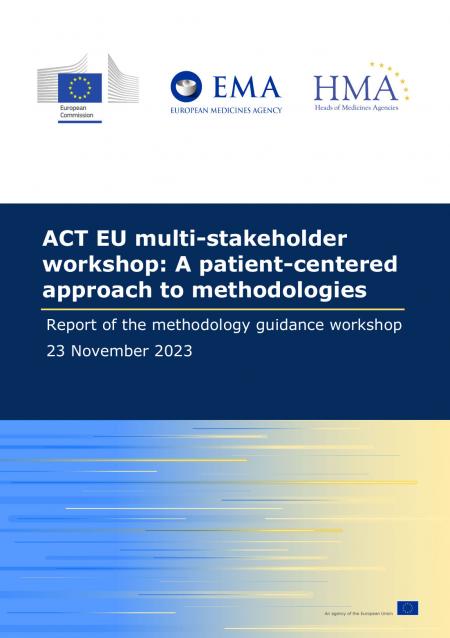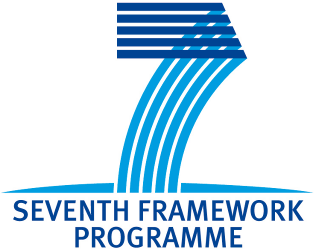Digital Endpoints
Moderators: Jesper Kjaer (DKMA), Thorsten Vetter (EMA)
Presenters: Martin Daumer (School of Computation, Information and Technology), Lada Leyens (Takeda), Laurent Servais (Oxford University)
The session opened with presentations on the development and validation of digital endpoints from an academic perspective, followed by the EFPIA perspective on opportunities and challenges in validating digital endpoints. Lastly, experience with the EMA qualification procedure for the "Stride velocity 95th centile" (SV95c) as a qualified primary endpoint for studies in Duchenne Muscular Dystrophy was presented.
Key challenges identified by stakeholders
1. It is difficult for a single developer to generate sufficient high-quality data needed for the development, validation and qualification of digital endpoints.
2. With the (IVDR), Medical Device Regulation (MDR) and Pharma Legislation, multiple regulatory frameworks apply within the EU that are difficult to navigate and are not always aligned. Furthermore, there is a lack of international harmonisation.
3. Evidentiary requirements for validating and qualifying digital endpoints are not clear.
4. Including (too) many measures to generate evidence for the development and validation of new (digital) endpoints in a clinical trial puts burden on patients, challenging patient retention and trial conduct.
How to improve patient-centricity
1. Involvement of patients from the earliest stages in the development of new endpoints and digital measures is key to ensure relevance and practicality.
2. Ensure proportionality in generating data for the development and validation of a new endpoint in a clinical trial, balancing the burden of the patients participating in the trial with the benefit of developing a new relevant endpoint.
Suggested ways forward to address the challenges
1. Build on the experience of the CHMP Qualification Opinion for a digital endpoint in Duchenne Muscular Dystrophy (SV95c), as well as other examples, regarding evidentiary requirements and processes as well as scientific and technical learnings in the development of digital endpoints in related diseases.
2. Stakeholders should engage in early regulatory dialogue using the available support platforms: EMA support to SMEs, EMA Innovation Task Force briefing meetings, EMA Scientific Advice for product specific methodology development, EMA Qualification of Novel Methodologies.
3. To accelerate the development and validation of digital endpoints in a learning eco-system, the pre-competitive collaboration of stakeholders needs to be increased, including data sharing by clinical trial sponsors and secondary use of clinical trial data. Therefore, it is important to make optimal use of public-private partnerships and support the development of novel pre-
competitive collaboration frameworks for the development, validation and qualification of ACT EU multi-stakeholder workshop on methodology guidance – workshop report 11digital endpoints that encourage the translation of new technology into clinical research in practice.
4. Improve the alignment between Regulatory Agencies, HTA bodies and Notified bodies within Europe and harmonise regulatory requirements internationally.
5. Increase the clarity of existing regulatory pathways for digital endpoint qualification and consider process improvements, in particular on the need for Digital Health Technologies to be certified as medical devices by Notified Bodies based on the MDR/IVDR and documents needed for clinical trial applications.
6. Provide guidance on the evidentiary requirements for the qualification of digital endpoints for use in clinical trials.

















